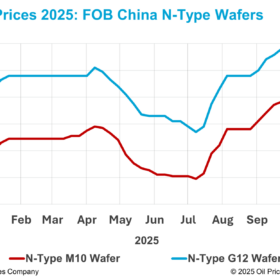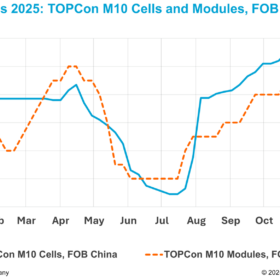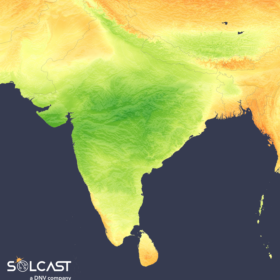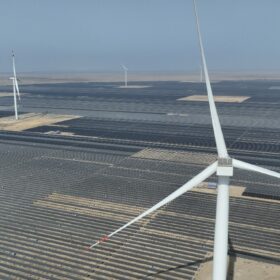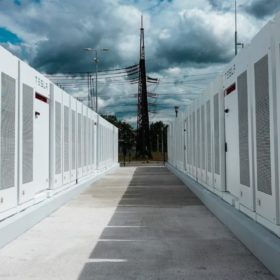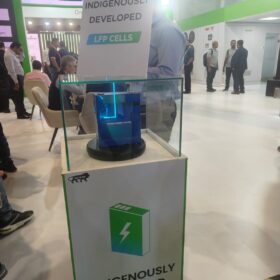India’s decisive leap beyond gigawatts post-COP30
India’s renewable energy journey has long been narrated through the lens of capacity: gigawatts added, modules produced, plants commissioned. While these indicators are important, genuine leadership will arise from our ability to embed advanced materials, high-efficiency solar cell architectures like TOPCon, N-Type and rear-contact technologies, robotics-driven precision manufacturing, and AI-enabled predictive monitoring into our value chains.
N-type wafer prices extend four-week slide amid weak demand, rising inventory concerns
In a new weekly update for pv magazine, OPIS, a Dow Jones company, provides a quick look at the main price trends in the global PV industry.
Renewable energy assets life-cycle management through tech-enabled maintenance strategies
Modern wind turbines and solar plants generate large volumes of operational data. By leveraging analytics, inefficiencies can be identified, performance assessed in real-time, and emerging issues addressed before they escalate. A dynamic operations and maintenance (O&M) support system builds on this intelligence to provide a strong grip on performance levels while minimising downtime.
Why battery storage is becoming non-negotiable for renewable-rich grids in India
As renewable capacity rises, the question is no longer whether India can generate green power. The real challenge is whether the grid can absorb it smoothly and deliver it reliably when people actually need it. This is where battery energy storage systems (BESS) are increasingly seen not as a luxury but as a core part of grid planning.
India adds ‘record’ 20.1 GW renewable energy capacity in 5M FY26: A paradigm shift and its impact
India’s energy story has moved beyond ambition to acceleration. Between April and August 2025, a 123 percent YoY jump in renewable energy capacity additions is not just a headline, it’s a signal of structural maturity, industrial resilience, and policy coherence. If the country sustains this trajectory through FY26 and FY27, it could well emerge as the world’s third-largest market for renewable deployment, behind only China and the United States.
China’s TOPCon solar cell prices extend four-week slide as rebate concerns ease
In a new weekly update for pv magazine, OPIS, a Dow Jones company, provides a quick look at the main price trends in the global PV industry.
India’s strong monsoon cuts solar generation by 15% in September to October
In a new weekly update for pv magazine, Solcast, a DNV company, reports that India’s solar generation potential was significantly hampered during September and October due to an intensified southwest monsoon, resulting in a 15% decrease in irradiance compared to the long-term average.
Green hydrogen is changing the face of the steel industry in India
Green hydrogen is not just an energy alternative, it’s an industrial revolution in motion. For India’s steel industry, it offers a chance to rewrite the script: from being one of the largest emitters to becoming a global model for sustainable growth.
How homegrown players are leading the charge in green mobility
India’s journey toward electric mobility is not just about reconnecting with a global trend, it’s a movement rooted in the spirit of Aatmanirbhar Bharat and Make in India. What makes our transition extraordinary isn’t just the scale, but the fact that we’re building this transformation from the ground up.
OPIS Global Polysilicon Marker inches higher as US Section 232 uncertainty lingers
In a new weekly update for pv magazine, OPIS, a Dow Jones company, provides a quick look at the main price trends in the global PV industry.

